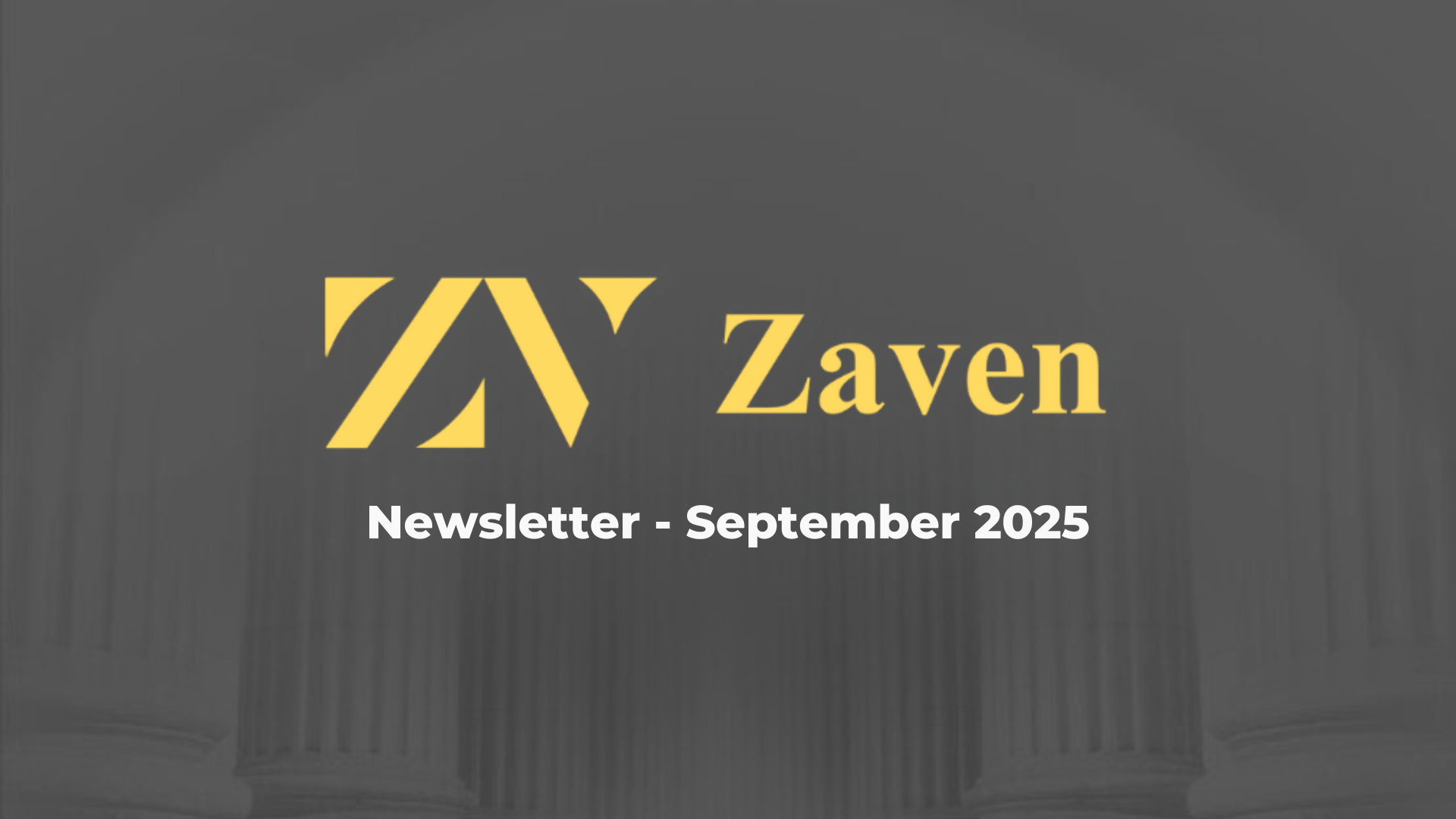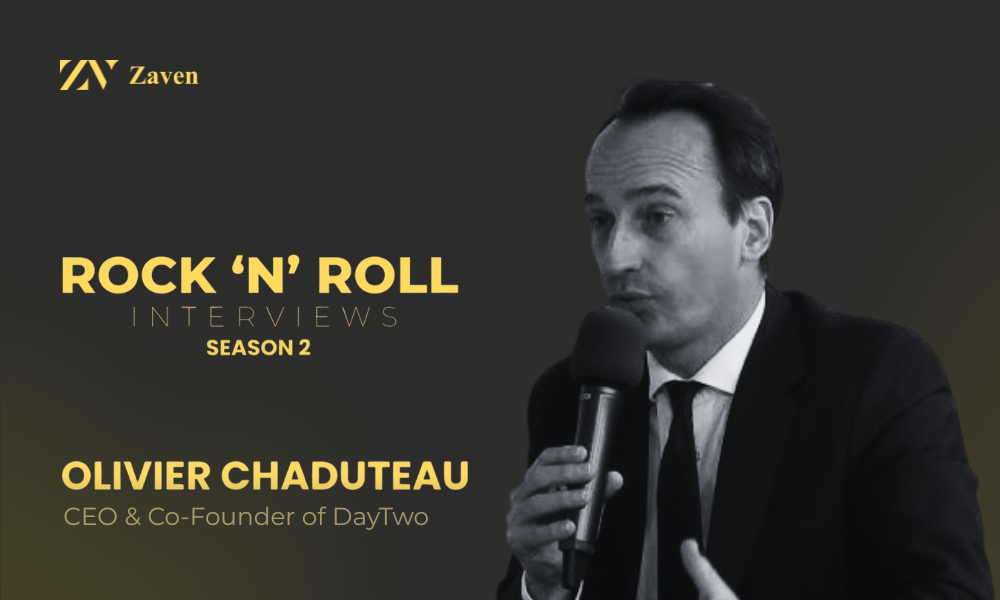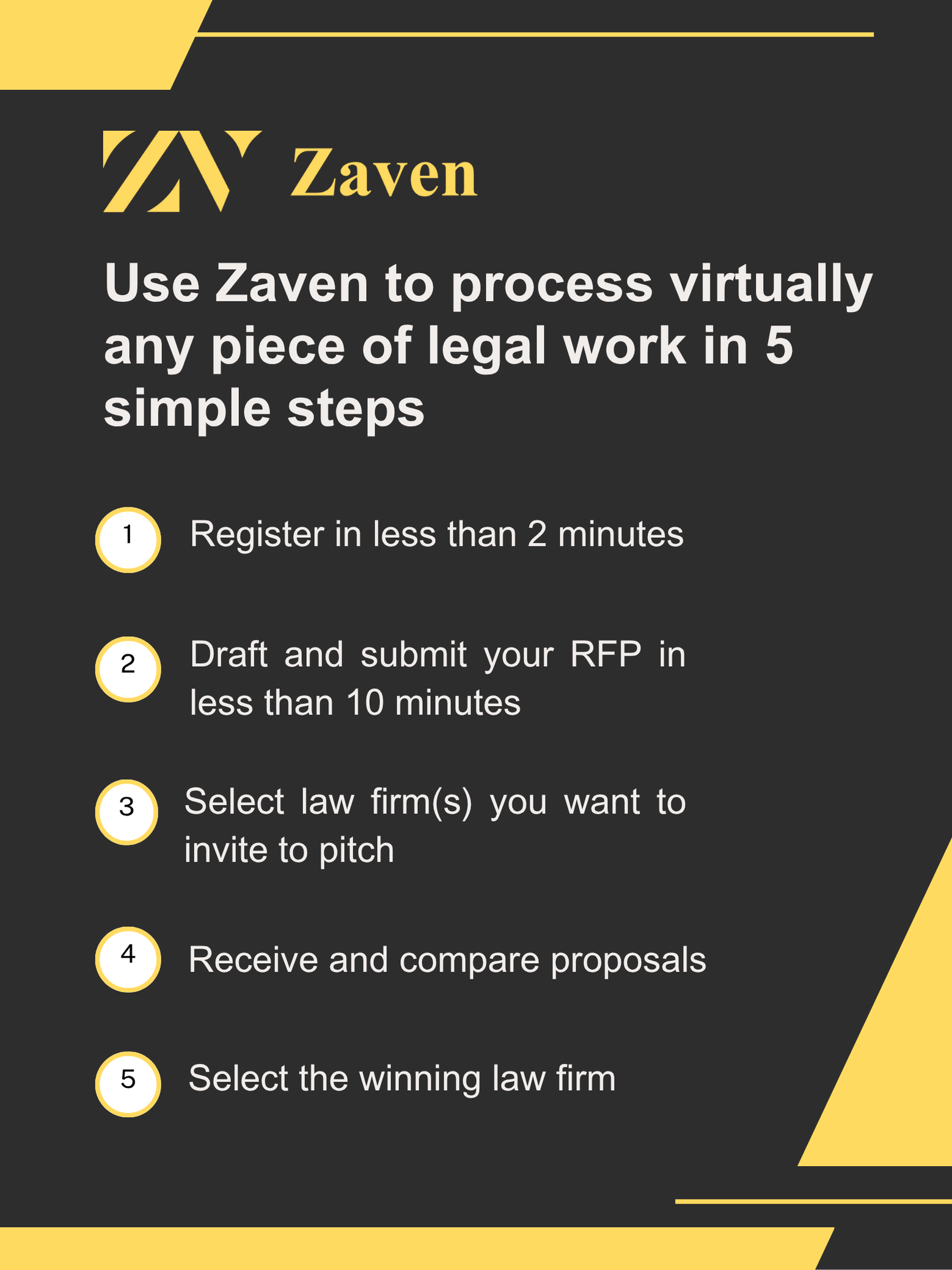Source: Forbes
The Million-Pound Mistake That Almost Happened
When a catastrophic system outage struck a software company serving hundreds of auto dealerships, the CEO’s first instinct was deeply human. She wanted to send a heartfelt message to the affected businesses, many family-owned, expressing personal empathy and taking accountability for the disruption to their operations.
It seemed like the right thing to do. It was authentic. It was empathetic. It was also, according to Cheryl Conner of SnappConner PR, potentially “an open invitation to lawsuits.”
This scenario, highlighted in a recent Forbes article, illustrates a critical but often overlooked reality: legal counsel’s involvement in crisis management isn’t just about damage control after things go wrong—it’s about preventing crises from escalating in the first place.
From Legal as Cleanup Crew to Strategic Partner
Most organisations follow a predictable pattern when crisis strikes: scramble to understand what happened, engage with stakeholders, and then—often too late—call in the lawyers to manage the fallout. This reactive approach typically comes with a hefty price tag in both reputation and financial terms.
Companies that successfully navigate crises take a fundamentally different approach. They position legal counsel as strategic partners rather than emergency responders.
1. Early Integration: The Foundation of Prevention
Pete Wentz, Executive Director at APCO and former corporate general counsel, emphasises that legal counsel’s greatest advantage comes from “being involved at an early stage in the process.”
This isn’t about having lawyers approve every decision, which would paralyse operations. Instead, it means creating systems where legal has visibility into high-risk areas before decisions are finalised.
Practical implementation:
- Include legal representation in strategic planning
- Establish clear thresholds for when legal review is non-negotiable
- Create streamlined approval processes balancing oversight with efficiency
2. Distributed Risk Mapping: Beyond the Legal Department
Chris Anderson, General Counsel for Rayburn Electric Cooperative, has pioneered an approach that rethinks how organisations identify potential legal crises.
“Every business unit evaluates its own risks, scores them, and contributes to a living matrix we regularly revisit,” Anderson explains.
This distributed model transforms risk identification from a legal department responsibility to an organisation-wide function. It acknowledges that front-line employees often see emerging risks before they become visible to legal teams.
Implementation includes:
- Regular risk assessment workshops across departments
- Standardised scoring systems to prioritise potential issues
- Cross-functional review of the consolidated risk matrix
3. Developing Legal Agility: Preparing for Different Crisis Types
Robert Bird, Professor of Business Law at the University of Connecticut, identifies two distinct categories of legal crises:
Volatile crises include unexpected court rulings, regulatory changes, or asset seizures.
Ambiguous crises are novel situations with no established playbook—think emerging AI regulation.
Organisations that thrive through both types develop what Bird calls “legal agility”—the capacity to respond effectively to unexpected legal developments. This includes:
- Regular crisis simulations
- Scalable response frameworks that adapt to different scenarios
- Established decision-making authorities during different crisis types
As Bird notes, “Companies that respond skillfully to industry-wide crises can capture value that other firms leave behind.”
4. Communication Pipelines: Creating Visibility Without Bureaucracy
Larry Schooler, Assistant Professor at the University of Texas at Austin, offers a practical approach: “Including legal on email threads or Slack groups helps them spot crisis sources before they emerge.”
This creates visibility without bureaucracy. Legal counsel gains awareness of developing situations and can intervene selectively when they identify potential issues.
Joosep Seitam, Co-founder of Icecartel, describes legal counsel as “the shield of your business” during crisis. But for this shield to be effective, it must be deployed at the right time—not after damage has occurred.
Effective communication includes:
- Legal representation in key communication channels
- Regular briefings on major decisions
- Clear escalation paths for potential legal concerns
5. Balanced Decision-Making: When Legal Advice Should—and Shouldn’t—Prevail
The Forbes article concludes with a critical insight: “I learned to consult legal counsel sooner rather than later on issues that could become crises. But I also knew the value of carefully weighing their advice against other options.”
This balance represents the most sophisticated approach to legal counsel in crisis management. It recognises that while legal perspective is essential, it represents one input among many that leaders must consider.
Moving Forward: From Reactive to Proactive
Organisations that thrive through crises aren’t necessarily those with the largest legal departments. They’re the ones that transform how legal expertise integrates with business operations.
As you evaluate your organisation’s approach, consider:
- Does legal have visibility into high-risk decisions before they’re finalised?
- Do you have mechanisms for distributed risk identification?
- Have you developed legal agility for both familiar and novel crisis types?
- Do your communication structures give legal appropriate visibility?
The answers may reveal whether you’re positioned to avoid the next million-pound mistake—or destined to make it.
Read more: Forbes







